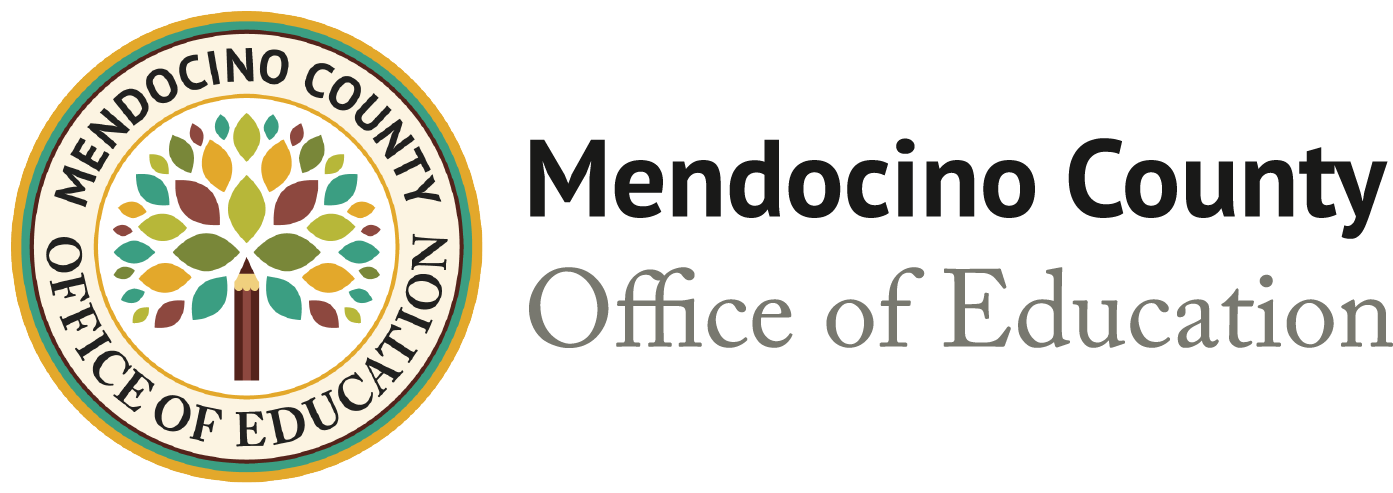
State Protocols Dictate COVID Safety in Local Schools
With the return of students to the classroom, families of school-aged children must comply with COVID safety protocols, many of which are dictated by the California Department of Public Health in collaboration with the California Department of Education.
Mendocino County Superintendent of Schools Michelle Hutchins said, “Depending on where your child attends school in Mendocino County, the requirements around COVID testing, vaccines, safety practices, and quarantines may differ slightly; however, all California public schools must adhere to minimum standards set by the State.”
The goal of the California Department of Education (CDE) is to assure that students have access to safe, full in-person instruction. After more than a year of distance learning, educators are concerned about learning loss and the mental health impacts on students who have been isolated by the pandemic. Therefore, protocols favor keeping students in the classroom when possible. Based on the current protocols, when students are vaccinated, their education is less likely to be disrupted by exposure to COVID. Although individual schools can opt to be more restrictive, they cannot be less restrictive than State mandates.
Screening
All schools must screen students for COVID-19. Students who exhibit symptoms are sent home and symptomatic individuals are encouraged to contact a healthcare provider for an assessment. Students can return to campus once they are symptom-free for 24 hours and either cleared by their physician or cleared by a negative BinaxNOW antigen test.
Positive COVID Test
If a student tests positive for COVID-19, the individual is expected to report it to their school administrator. They then begin a 10-day isolation-at-home period. Anytime students are sent home for isolation or quarantine, they can continue their studies through short-term independent study. When a student tests positive, Mendocino County Public Health is notified, and it is Public Health that guides schools in their contact tracing. Ultimately, it is Public Health that determines when the COVID-positive student can return to school after the isolation period.
Those identified as close contacts with COVID-positive students are notified so they can take appropriate safety measures. Close contact is defined as being within less than six feet masked or unmasked with a COVID-19-positive person for 15 minutes or more cumulatively during a 24-hour period.
Modified Quarantine
In an effort to keep students in seats, the State is enforcing a mask mandate. Because exposure between students at school is likely to be mask-on-mask, it reduces the risk. Based on data from schools doing in-person instruction last year, it is clear that masking reduces the risk of transmission, even among unvaccinated individuals.
Although protocols for screening and COVID-positive students are the same across the board, the treatment of close contacts among vaccinated and unvaccinated students is different. If an unvaccinated student is in close contact with a COVID-positive person in a school setting, mask-on-mask, and is asymptomatic, the student is put on a 10-day modified quarantine, which means the student continues to attend school in person. During this time, the student is tested twice a week at school with BinaxNOW. If the student tests positive, they are moved into isolation and transferred to independent study for 10 days from the day they tested positive. During the modified quarantine, the student is not allowed to participate in any extracurricular activities regardless of BinaxNOW results. If the close contact occurs with either party being unmasked, the exposed student is sent home to quarantine.
If an unvaccinated student is in close contact with a COVID-positive person out in the community, they should report it to their school administrator. The student would then be sent home for a 10-day quarantine and allowed to return to school after that.
On the other hand, if a vaccinated student is in close contact with a COVID-positive person in a school setting and they are asymptomatic, no quarantine period is necessary and the student may continue in extracurricular activities.
In collaboration with the American Academy of Pediatrics and the Centers for Disease Control and Prevention, CDPH is trying to balance the risks and benefits of students returning to in-person instruction.
Hutchins said, “We remain in uncharted territory, and local schools are doing their best to adhere to constantly changing guidelines. Each family has to decide what is best for them. For those with medically vulnerable individuals, it might make sense for students to opt for full-time independent study. But for most students, based on the efficacy of vaccines and the safety procedures in place, it is best for students to be with peers learning from teachers in-person.”
To keep up with the most recent safety guidelines, visit the California Department of Public Health’s (CDPH’s) K-12 guidance online.

